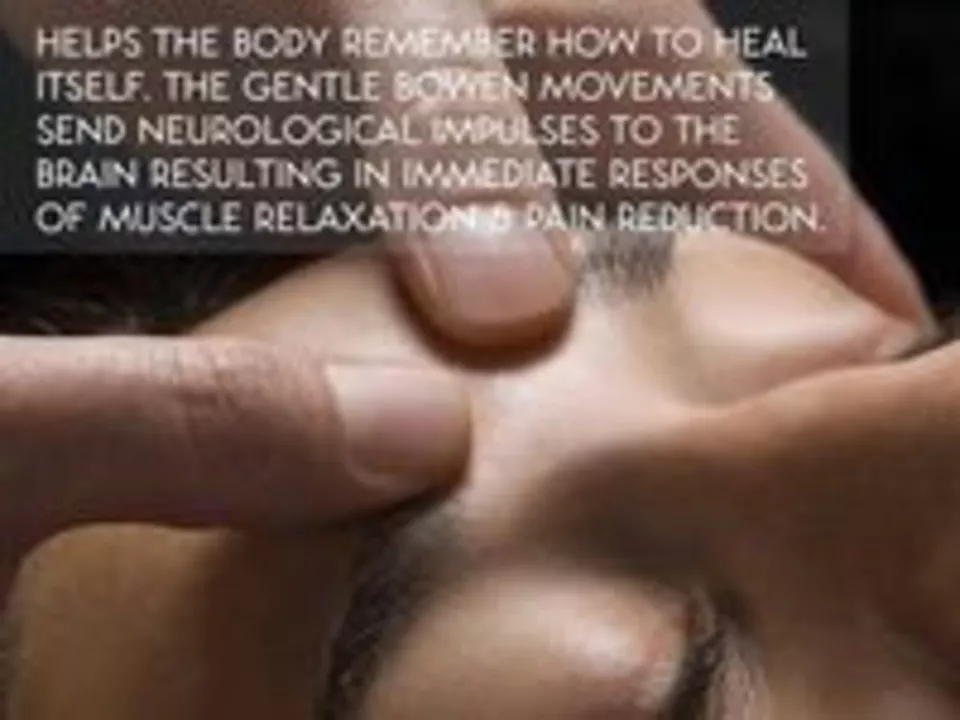Massage Therapy: Benefits, Types, and How to Choose
Massage therapy helps people relax, ease muscle pain, and recover after workouts. It isn’t a cure-all, but used right it can cut stress, improve sleep, and speed muscle recovery. This page gives clear, practical tips so you know what to expect, how to pick a therapist, and when to skip a session.
What massage can do for you
Most people notice reduced muscle tension and less soreness after a session. Massage can lower heart rate and help you feel calmer—handy if you deal with stress or tension headaches. Athletes use sports massage to move faster through tight spots and recover sooner. If you take medications or have a chronic condition, tell your therapist so they can adjust pressure and techniques.
Expect short-term relief for pain and stiffness, and gradual improvement in mobility when you, your therapist, and any medical team work together. Massage can also complement physical therapy, not replace it. If your goal is pain management, track changes: note pain level, sleep quality, and daily function before and after several sessions.
Types of massage and when to pick them
Swedish massage uses long, gentle strokes and is great for stress and general relaxation. Deep tissue targets tight layers of muscle and fascia—pick this if you have chronic knots or scar tissue, but expect stronger pressure and possible soreness afterward. Sports massage focuses on muscles used in a specific sport and helps with recovery and flexibility. If you’re pregnant, seek a therapist trained in prenatal massage; they use positions and pressure that are safe for expectant moms.
Ask for short demos or lighter pressure on your first visit. A good therapist reads your body and checks in regularly. If you want relief in a specific spot, mention how long the issue has lasted and what makes it better or worse.
Choosing a therapist: look for local licensure and positive client reviews. Credentials matter—search for state or regional licensing and membership in recognized massage associations. Ask about experience with your issue (sports injuries, post-surgery, pregnancy) and whether they work alongside doctors or physical therapists.
Practical tips: arrive hydrated, avoid heavy meals right before, and wear loose clothes. Communicate: say when pressure is too hard or too light. A 60-minute session typically gives more time to address problem areas than a 30-minute slot. Track results across a few sessions before deciding if it’s helping.
Safety and red flags: skip massage if you have an undiagnosed lump, fever, deep vein thrombosis, an active infection, or recent major surgery unless cleared by a doctor. Stop if numbness, sharp pain, or unusual swelling appears. When in doubt, check with your healthcare provider first.
Massage can be a useful part of a health routine when chosen and used wisely. Use the tips above to find the right type, set clear goals, and keep safety front and center.
The Role of Massage Therapy in Managing Skeletal Muscle Conditions
As a blogger, I recently explored the role of massage therapy in managing skeletal muscle conditions. I discovered that massage therapy is highly effective in reducing pain, improving blood circulation, and promoting relaxation. It can also help in increasing flexibility and range of motion for those suffering from muscle injuries or chronic conditions. Furthermore, regular massage sessions contribute to a faster healing process and better overall muscle health. I truly believe that incorporating massage therapy into our healthcare routine can greatly improve our quality of life, especially for those dealing with muscle-related issues.
View More
